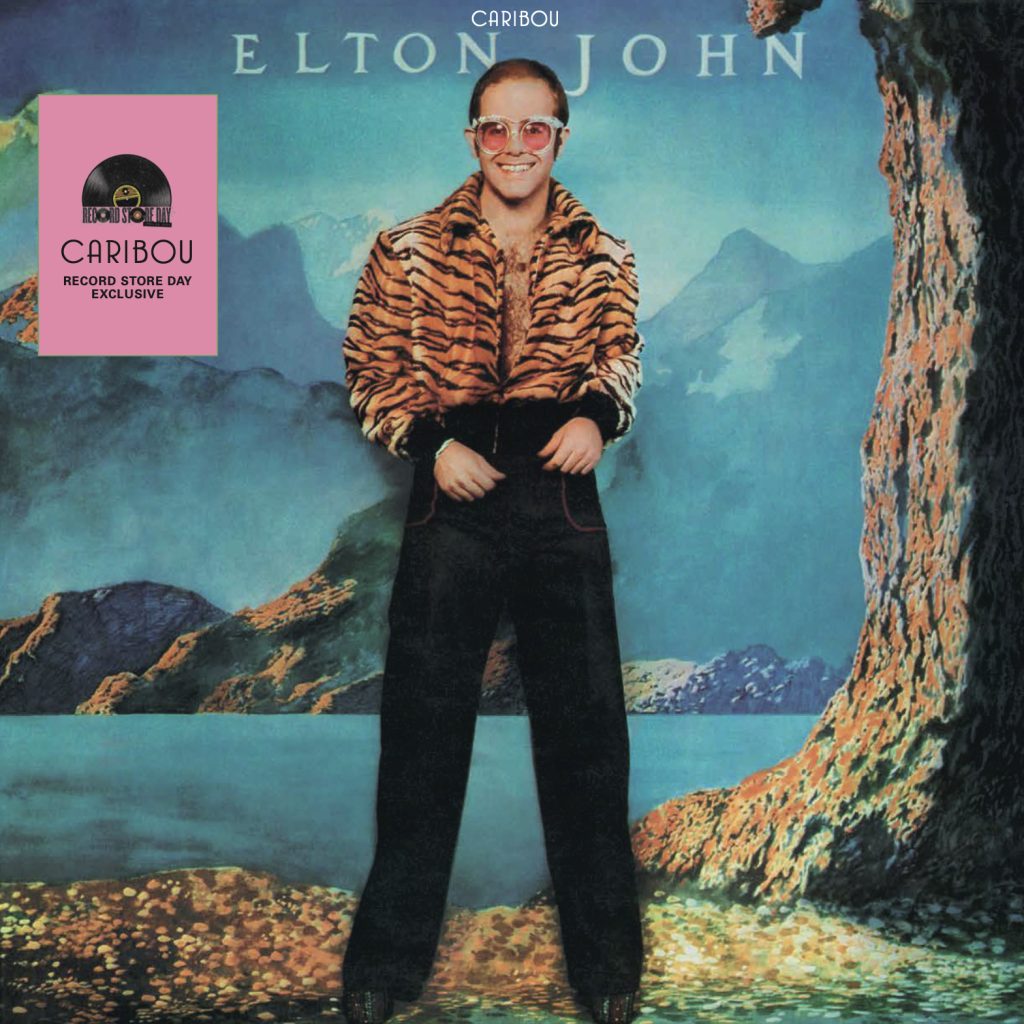Menu
‘Caribou’ – Inside the Studio and On the Charts
In honor of the upcoming Record Store Day release of Caribou, 2LP Special 50th Anniversary Edition, we present a track-by-track guide to the making of Elton’s eighth studio album.
We will soon post a follow-up article, covering details on the RSD Edition bonus tracks, as well as more memories from Caribou Ranch recording studio manager, John Carsello.
"We're doing this new album in Denver which will be really funky. We're going back to the 'Tumbleweed' sort of things, but much funkier. Hopefully we'll be getting some guest musicians in. Hopefully it'll be much looser, 'Yellow Brick' was a real production job."
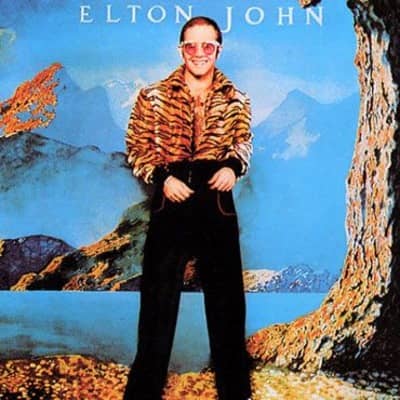
By John F. Higgins
It is January 1974. Goodbye Yellow Brick Road is in its eighth week at No. 1 on the Billboard Top 200 and has just moved down to No. 3 on the UK Albums Chart after holding the top spot for two weeks.
Don’t Shoot Me I’m Only The Piano Player is in its 47th week on the US chart. It is exactly two years and six album sides after recording Honky Château in France.
Goodbye Yellow Brick Road will remain on the Top 200 for another 93 weeks.
Clearly, it is time for Elton to cut another record.
Somehow keeping up with his two-albums-per-year recording contract, Elton selected his fourth principal recording studio – looking to the US for the first time. Perhaps the only studio in America that could meet the superstar’s needs for a live-in facility, as the Château d’Hérouville had been for his previous three albums. Caribou Ranch, near Nederland, Colorado, sat hidden in the Rocky Mountains at an altitude of nearly 9,000 feet above sea level. Owned by producer James Guercio (manager and producer of the band Chicago), the rustic-yet-modern studio had to make some key adjustments before producer Gus Dudgeon signed off on the location.
“We had an Olive 2000 Console,” Caribou Ranch Recording Studio Manager John Carsello explained to EltonJohn.com. “But Gus wanted a Neve 8016. I didn’t even know what that was! We called George Martin [at Abbey Road] and he gave us the board. They had to take it out of the box and ship it on a 727 jet from England to New York, and then on to Denver. And then our equipment guys picked it up and they brought it up to the studio. The Neve was so well made that it was up and running in like two days!”
Caribou also changed the monitors to British Tannoy speakers. “They were really big,” says Carsello.
“They were like putting a washer and dryer on top of each other, like in a laundromat…only bigger.”
Elton’s residence (cabin, really) had a Wm. Knabe & Co. baby grand on which he composed the songs, after which he recorded them in the studio on his choice of two grand pianos, depending on the song. Carsello: “I remember Elton never wanted the piano tuned – the one in the house he wrote on. The ones in the studio we tuned almost every day because, you know, he played really hard. He was hard on those keys. But I had to tell the tuner, ‘Do not tune the piano in Elton’s cabin!’”
When we heard Elton wanted to come up, we were thrilled! We didn't know he was going to name the album 'Caribou'. I didn't know it until I saw it. That really put us on the map!
In fact, Elton, Bernie, and the band had visited the studio for an overnight stay after a concert in Denver a few months prior to have a look in person (see the Caribou Ranch “Hotel Register” to the right). With his busy schedule – 72 concerts across six countries in the six months that straddled January 1974 – there was precious little time to check out the facility, let alone record the album. Caribou was written, rehearsed, and recorded in three weeks, with the final tracking sessions of 14 songs taking just four days!
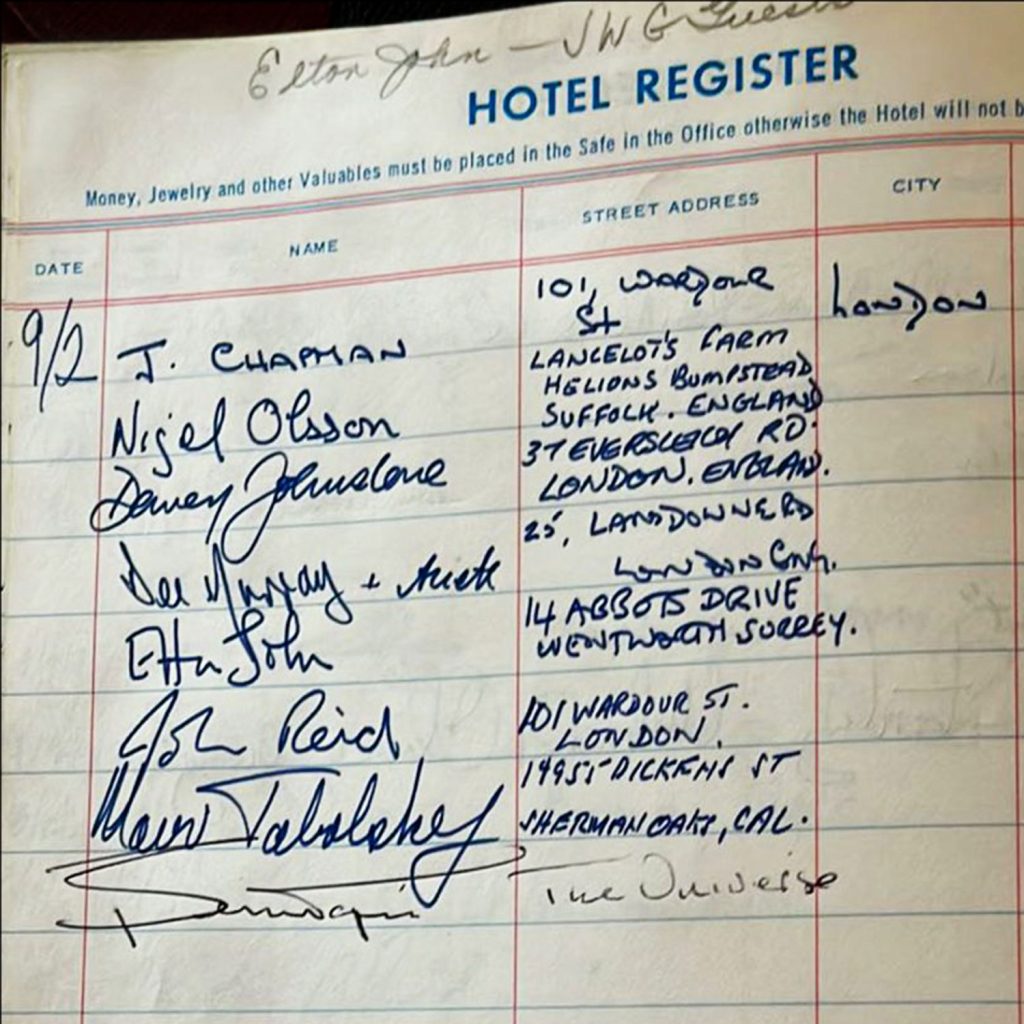
Courtesy of Tracy Ciccarelli-Dearing
Once the Colorado sessions were done, producer Gus Dudgeon took the tapes to Los Angeles to record additional backing vocals by Carl Wilson and Bruce Johnston of the Beach Boys, Dusty Springfield, Captain and Tennille, and others, as well as horn and organ parts by Tower of Power. This took place at three studios, including Sound City, the Record Plant, and the Beach Boys’ Brother Studios in Santa Monica.
A mere five months later, the album (it was nearly called Ol’ Pink Eyes Is Back in a humorous nod to Elton’s eyewear and Frank Sinatra’s album the previous year) was out in stores, soon to become Elton’s fourth of six consecutive No. 1 albums in the US and his 3rd in the UK. And the recording experience was so much to Elton’s liking, that he booked the studio for his next project…Captain Fantastic And The Brown Dirt Cowboy.
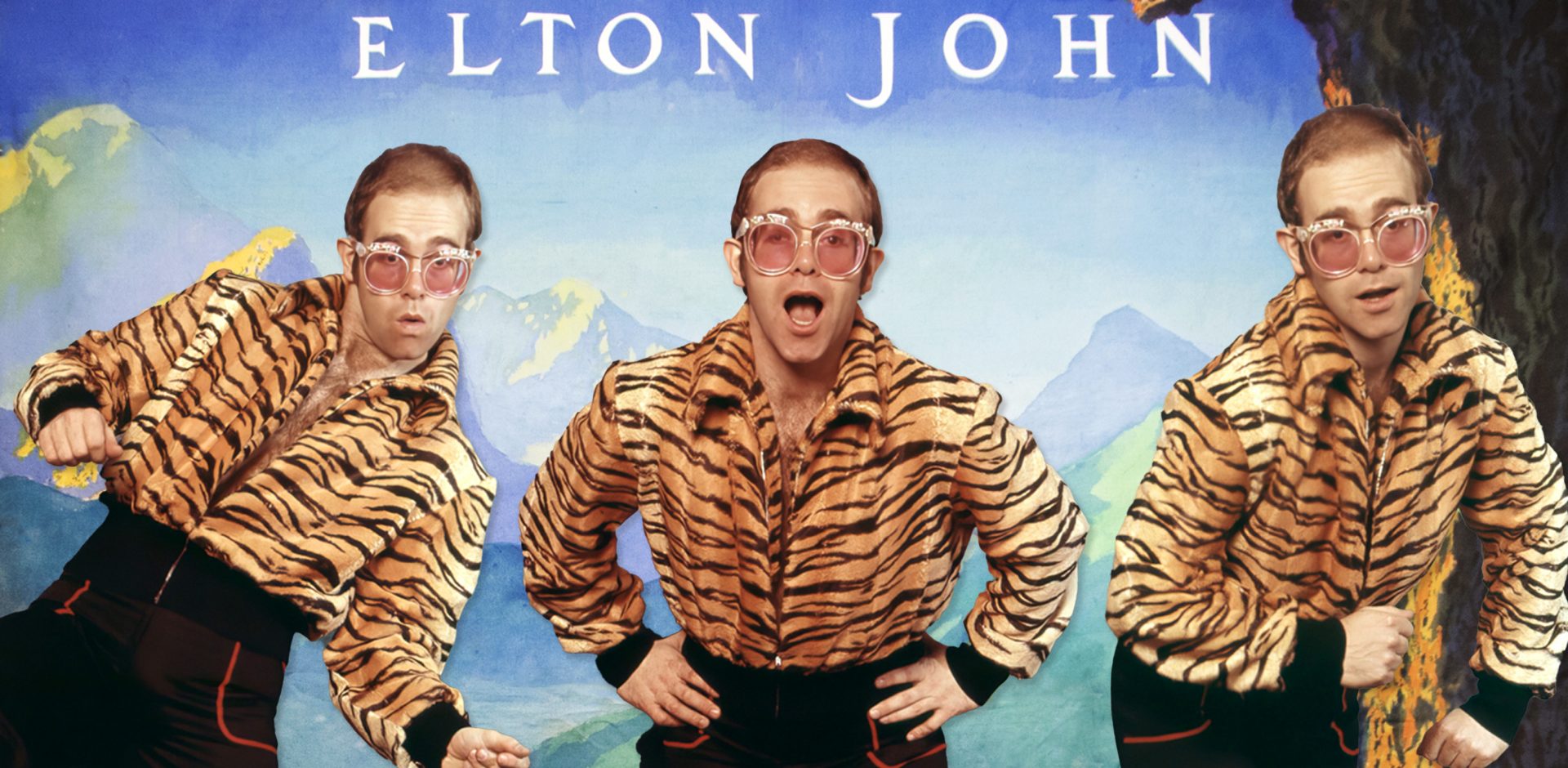
Three collages of out-takes from the album cover photo shoot (photos of Elton: Ed Caraeff)
1 / 3
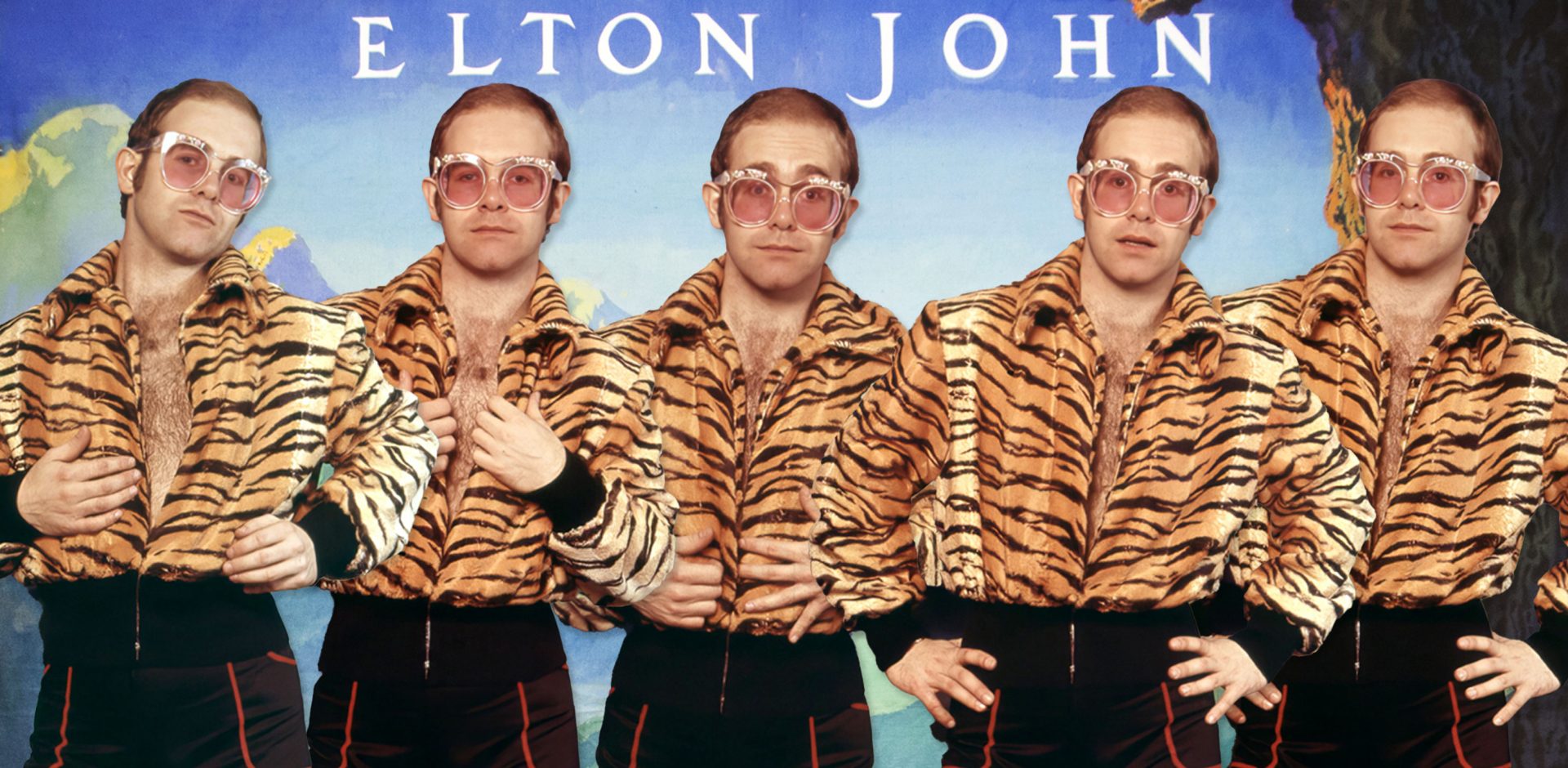
Three collages of out-takes from the album cover photo shoot (photos of Elton: Ed Caraeff)
2 / 3
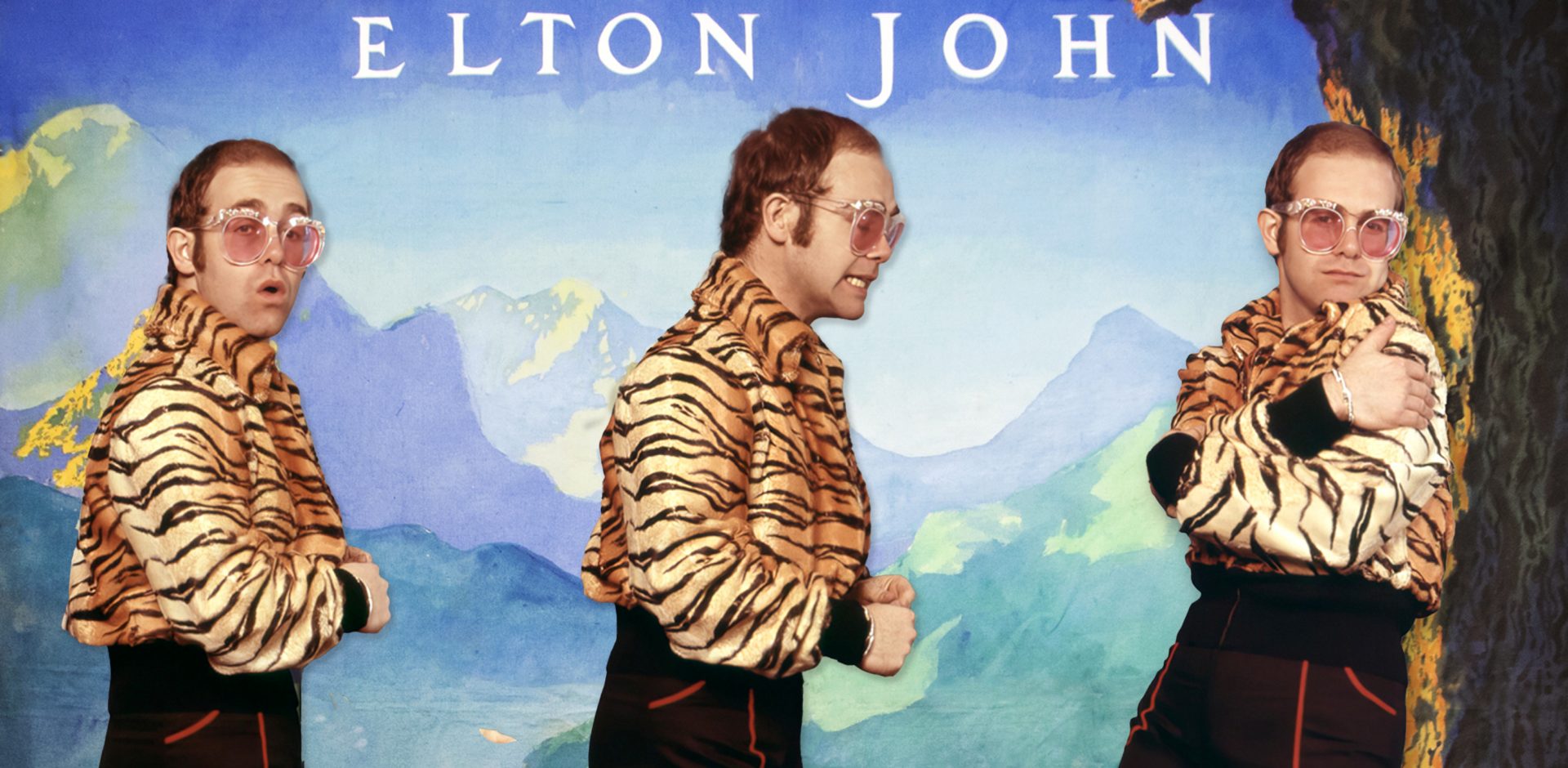
Three collages of out-takes from the album cover photo shoot (photos of Elton: Ed Caraeff)
3 / 3
“CARIBOU” IN THE STUDIO: DAY-BY-DAY
January 16, 1974
★ I’VE SEEN THE SAUCERS
Recording
Afternoon session – song 1
First Appearance
LP Side 2, Track 1
Musicians
Elton: piano, vocals / Nigel Olsson: drums, backing vocals / Dee Murray: bass, backing vocals / Davey Johnstone: electric guitars, backing vocals / Ray Cooper: congas, water gong, vibraphone, tambourine / Gus Dudgeon: tambourine
Listener’s notes
“Ray [percussionist Ray Cooper had just joined the band as a full-time member] was enthusing about the water gong on [this song]. Gus, always up for a challenge, enlisted the crew and Ray to carry buckets of water upstairs via elevator to the studio. The water tank was like a full-sized horse trough and they filled it! Of course, there was spilled water all over the place with all the sloshing about. It worked great though – most notably at the end of the song.” Davey Johnstone – January 2024
★ THE BITCH IS BACK
Recording
Evening session – song 1
First appearance
LP Side 1, Track 1
Musicians
Elton: piano, vocals / Nigel: drums / Dee: bass,
phased Pignose bass / Davey: electric guitars / Ray: tambourines / Clydie King, Sherlie Matthews, Jessie Mae Smith, Dusty Springfield: backing vocals / Tower of Power horn section (Greg Adams, Emilio Castillo, Mic Gillette, Stephen Kupka, Lenny Pickett): brass (arranged by Greg Adams) / Lenny Pickett: tenor saxophone solo
Listener’s notes
The song’s title came from a quip made when Elton once entered a room in a less-than-jolly mood, which Bernie immediately thought would be a perfect hook phrase. Some radio stations in the US did not agree at first, deeming the wording too risqué before eventually adding the song to their playlists.
January 18, 1974
★ PINKY
Recording
Afternoon session – song 1
First appearance
LP Side 1, Track 2
Musicians
Elton: piano, vocals / Nigel: drums, backing vocals / Dee: bass, backing vocals / Davey: acoustic guitars, backing vocals / Ray: congas, shaker (uncredited) / David Hentschel: ARP synthesizer
Listener’s notes
This song is an absolute fan favorite but has rarely, if ever, been performed live.
★ SICK CITY
Recording
Afternoon session – song 2
First appearance
B-side to Don’t Let The Sun Go Down On Me
Musicians
Elton: piano, vocals / Nigel: drums, backing vocals / Dee: bass, backing vocals / Davey: electric guitars, backing vocals / Ray: cowbell / Tower of Power: brass / Lenny: tenor saxophone solo
Listener’s notes
Elton plays two pianos on this song – one called “wobbly piano” on the master track sheet.
★ DON’T LET THE SUN GO DOWN ON ME
Recording
Evening session – song 1
First appearance
Pre-album single
LP Side 2, Track 3
Musicians
Elton: piano, vocals / Nigel: drums / Dee: bass / Davey: electric guitars, acoustic guitars / Ray: tambourines, bells / David: Mellotron / Billy Hinsche, Bruce Johnston, Toni Tennille, Carl Wilson: backing vocals (arranged by Bruce Johnston with help from The Captain) / Del Newman: horn arrangement
Listener’s notes
In a 1993 interview, Gus said that Don’t Let The Sun Go Down On Me gave him chills the first time Elton played it for him. “I just love that song,” he exclaimed. And drummer Nigel Olsson also flipped out when he first heard it while in another room at the Caribou studio as Elton was writing it. “I ran downstairs right to [Elton] and said that it would be a number one hit.” Nigel was right…but it took 17 years.
★ STINKER
Recording
Evening session – song 2
First appearance
LP Side 2, Track 2
Musicians
Elton: piano, vocals / Nigel: drums / Dee: bass / Davey: electric guitars / Ray: tambourine / Chester Thompson – organ / Tower of Power: brass
Listener’s notes
“We [Tower of Power] had been playing the Roxy at night during these sessions and Elton’s producer, Gus Dudgeon, came to see us and wound up asking our fabulous organist, Chester Thompson, to play on ‘Stinker’ as well.” – Emilio Castillo to Songfacts.
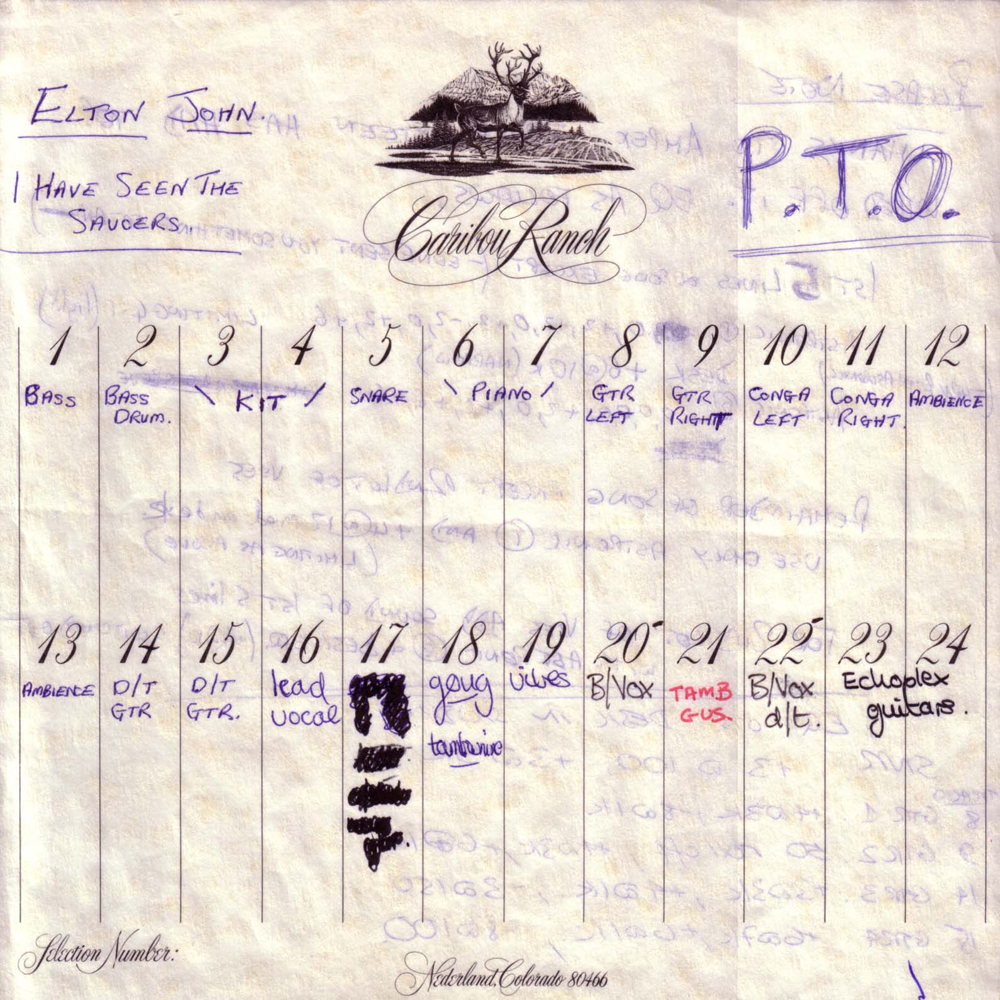
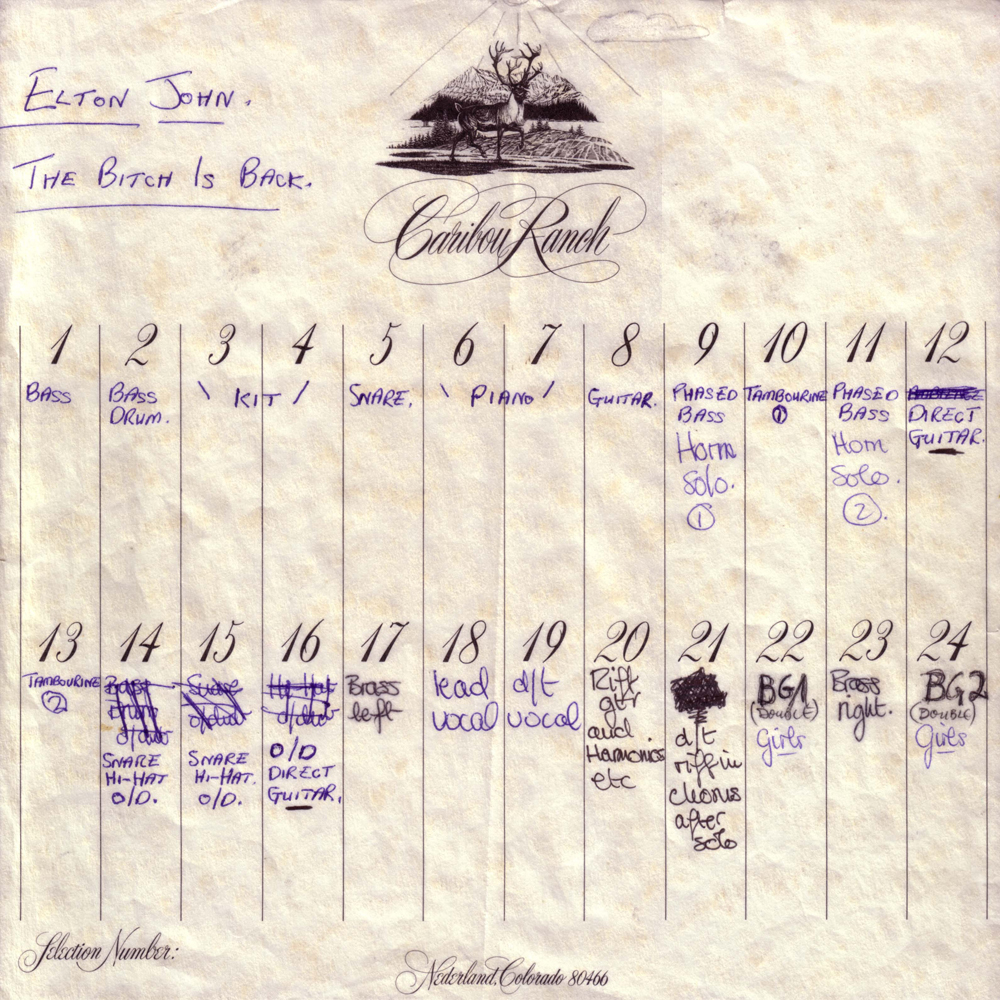
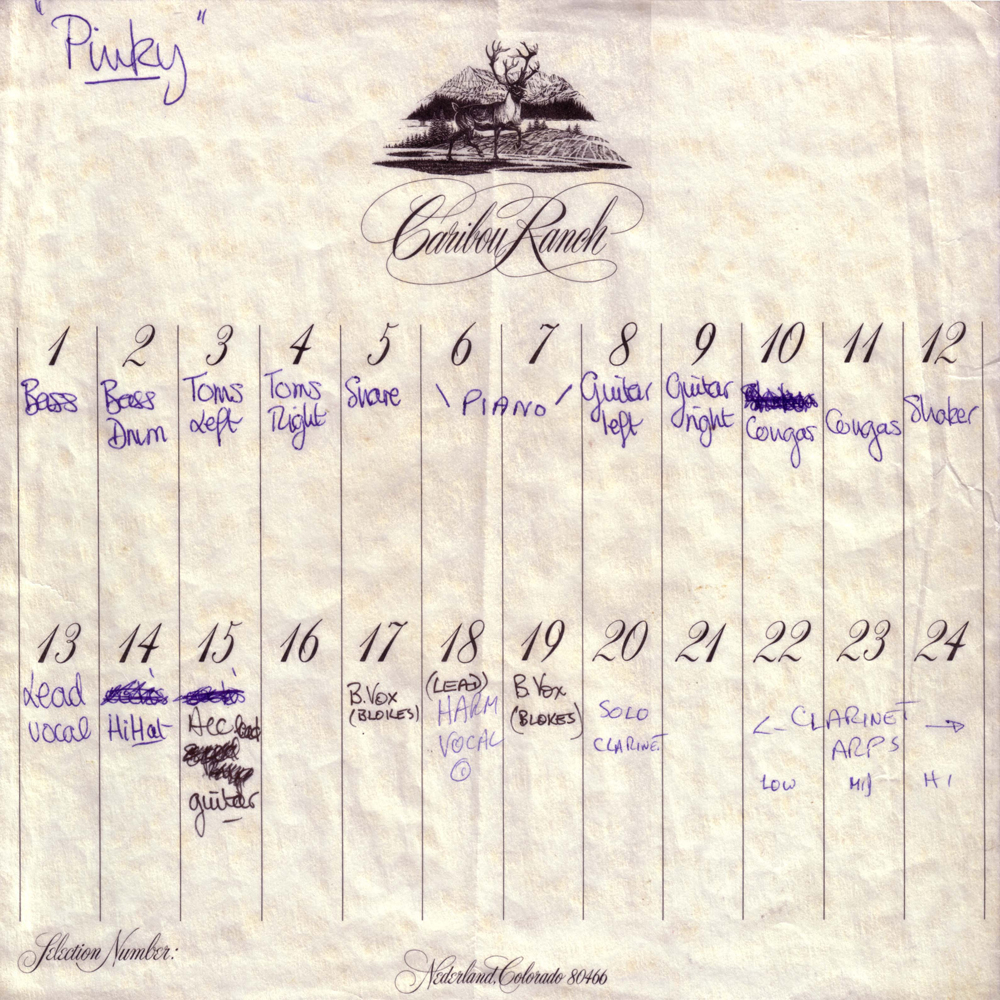
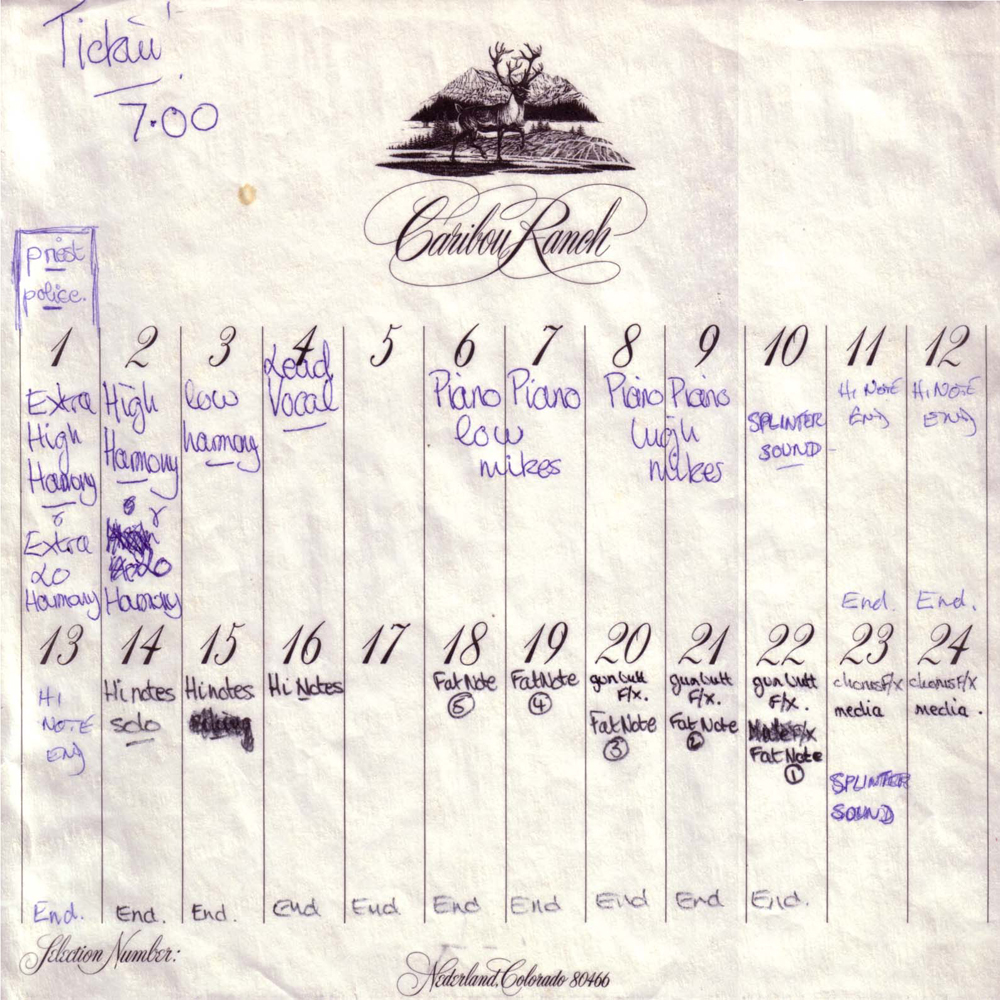
January 19, 1974
★ SOLAR PRESTIGE A GAMMON
Recording
Afternoon session – song 1
First appearance
LP Side 1, Track 5
Musicians
Elton: piano, vocals / Nigel: drums / Dee: bass / Davey: acoustic guitars / Ray: vibraphone / David: ARP synthesizer / Lenny: clarinets, soprano saxophone
Listener’s Notes
The lyrics are nonsense on purpose, Bernie said, because people had been reading meanings into previous songs that weren’t there.
★ DIXIE LILY
Recording
Afternoon session – song 2
First appearance
LP Side 1, Track 5
Musicians
Elton: piano, vocals / Nigel: drums / Dee: bass / Davey: electric guitars, slide guitars (uncredited), mandolins / Ray: tambourine, whistle / Lenny: soprano saxophone solo
Listener’s Notes
This country-flavored song was performed live during tours in 1975, 1982, 1995, and 2003.
★ DUCKTAIL JIVER
Recording
Evening session – song 1
First appearance
LP out-take
Musicians
Elton: vocals / Nigel: drums / Dee: bass / Davey: acoustic guitars / Ray: congas
Listener’s notes
Unreleased until the Record Store Day 2024 2LP Special Edition.
★ YOU’RE SO STATIC
Recording
Evening session – song 2
First appearance
LP Side 1, Track 6
Musicians
Elton: piano, vocals / Nigel: drums / Dee: bass / Davey: Leslie guitars, acoustic guitar (uncredited) / Ray: snare, castanets, tambourine / Clydie King – backing vocals / Tower of Power: brass
Listener’s notes
One of two songs on this album that takes place in New York City, Ticking being the other. The Park Lane in the lyric refers to a hotel on Central Park South.
January 20, 1974
★ GRIMSBY
Recording
Afternoon session – song 1
First appearance
LP Side 1, Track 3
Musicians
Elton: piano, vocals / Nigel: drums, backing vocals / Dee: bass, backing vocals / Davey: electric guitars, backing vocals / Ray: tambourine
Listener’s notes
An intentionally over-flowery ode to a nondescript fishing town near where Bernie grew up in Lincoln.
★ HOUSE OF CARDS
Recording
Afternoon session – song 2
First appearance
B-side to Someone Saved My Life Tonight
Musicians
Elton: piano, electric piano, vocals / Nigel: drums, backing vocals / Dee: bass, backing vocals / Davey: electric guitars, acoustic guitars, Leslie guitars, backing vocals / Ray: shaker
Listener’s notes
This track was held until it was released as a b-side to the single off of Elton’s next album.
★ TICKING
Recording
Evening session – song 1
First appearance
LP Side 2, Track 4
Musicians
Elton: piano, vocals, harmony & backing vocals / David: ARP synthesizer
Listener’s notes
The vocal was recorded live with the piano on this track; a very rare occurrence on Elton’s songs.
★ COLD HIGHWAY
Recording
Evening session – song 2
First appearance
B-side to The Bitch Is Back
Musicians
Elton: piano, vocals / Nigel: drums, backing vocals / Dee: bass, backing vocals / Davey: electric guitars, slide guitar, backing vocals / Chester: organ
Listener’s notes
Written about a stretch of road near where Bernie grew up where a friend of his had died in an auto accident.
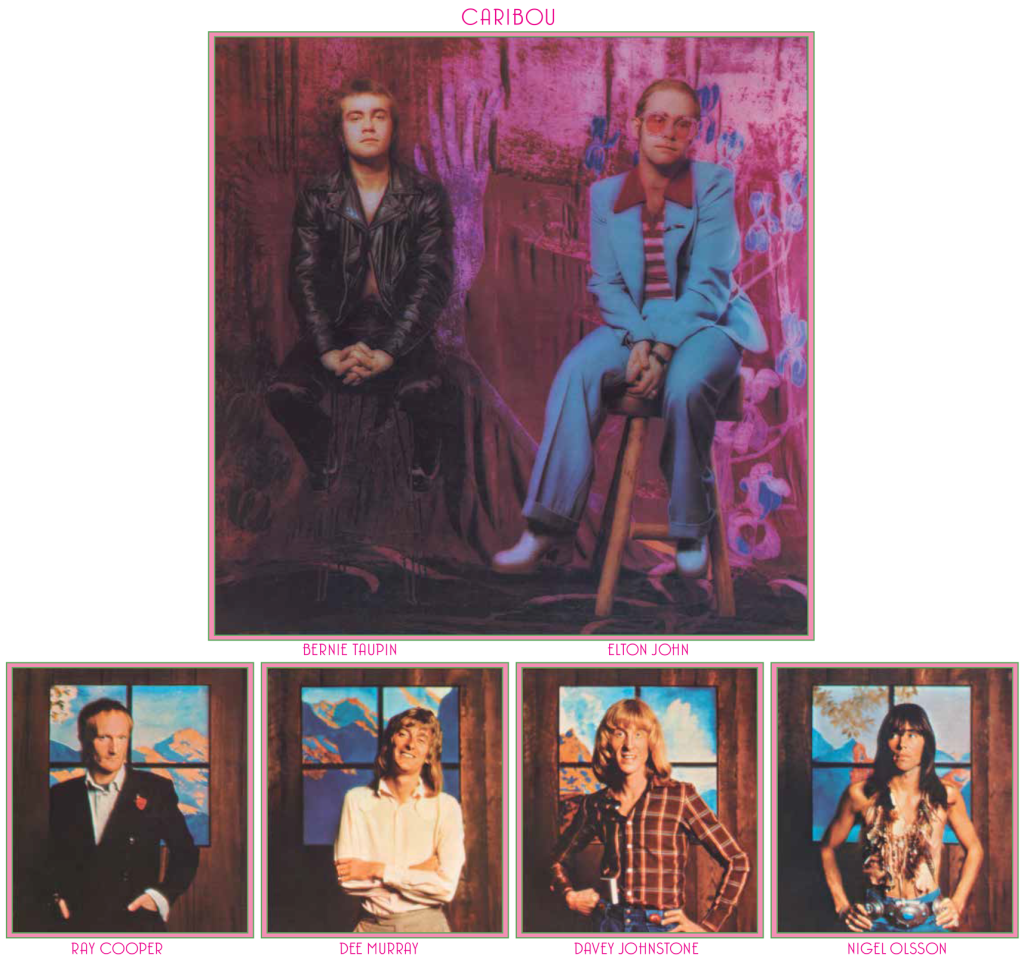
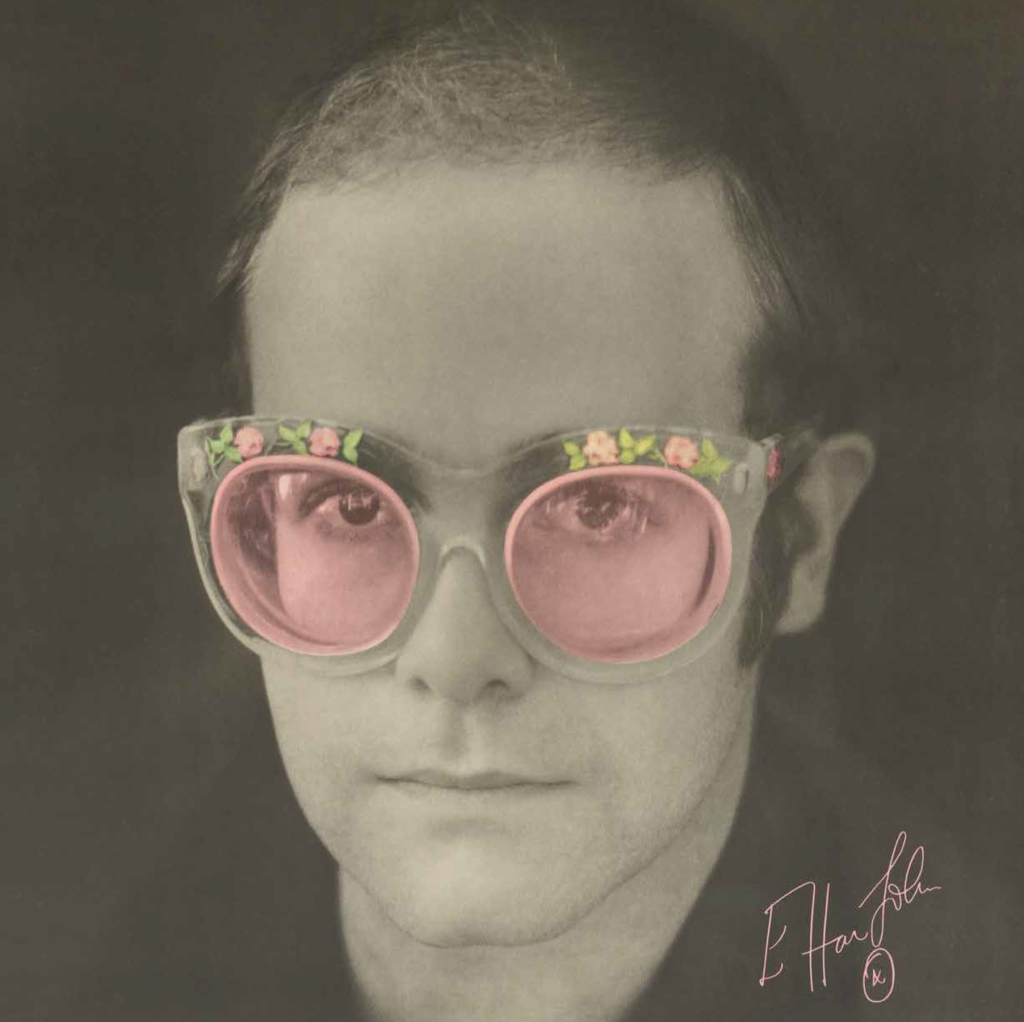
IN THE STORES and ON THE CHARTS
UK LP
Released: June 28, 1974, on DJM
Entered UK Albums Chart: No. 1 on July 13, for two weeks
Peak position: No. 1
Weeks on chart: 18
Current BPI Status: Gold
US LP
Released: June 24, 1974, on MCA
Entered Billboard Top 200: No. 5 on July 6
Weeks on Top 200: 54
Top 200 Peak: No. 1 on July 13, for four weeks
Current RIAA Status: 2x Platinum
UK SINGLES
★ Don’t Let The Sun Go Down On Me b/w Sick City
Released: May 24, 1974, on DJM
Entered UK Singles Chart: No. 30 on June 1
Weeks on chart: 8
Peak: No. 16 on June 15 and June 29
★ The Bitch Is Back b/w Cold Highway
Released: August 30, 1974, on DJM
Entered UK Singles Chart: No. 34 on September 14
Weeks on chart: 7
Peak: No. 15 on October 5
US SINGLES
★ Don’t Let The Sun Go Down On Me b/w Sick City
Released: June 10, 1974, on MCA
Entered Billboard Hot 100: No. 70 on June 22
Weeks on Hot 100: 15
Hot 100 Peak: No. 2 on July 27, for two weeks
Entered Billboard Adult Contemporary: August 17
Weeks on AC: 13
AC Peak: No. 3 on August 17, 1974
Current RIAA Status: Gold
★ The Bitch Is Back b/w Cold Highway
Released: August 1974, on MCA
Entered Billboard Hot 100: No. 63 on September 7
Weeks on Hot 100: 14
Hot 100 Peak: No. 4 on November 2
Current RIAA Status: Gold
